Leroy Anderson (June 29, 1908 – May 18, 1975) was an American composer of short, light concert pieces, of which many were introduced by the Boston Pops Orchestra under the direction of Arthur Fiedler. John Williams described him as "one of the great American masters of light orchestral music."
Born in Cambridge, Massachusetts to Swedish parents, Anderson was given his first piano lessons by his mother, who was a church organist. He continued studying piano at the New England Conservatory of Music. In 1925 Anderson entered Harvard College, where he studied musical harmony with Walter Spalding, counterpoint with Edward Ballantine, canon and fugue with William C. Heilman, orchestration with Edward B. Hill and Walter Piston, composition, also with Piston, and double bass with Gaston Dufresne. He also studied organ with Henry Gideon. He graduated with a Bachelor of Arts, magna cum laude in 1929 and was elected to Phi Beta Kappa. In Harvard University Graduate School, he studied composition with Walter Piston and George Enescu and received a Master of Arts in Music in 1930.
Career
Anderson continued studying at Harvard, working towards a PhD in German and Scandinavian languages; Anderson spoke English and Swedish during his youth, and eventually became fluent in Danish, Norwegian, Icelandic, German, French, Italian, and Portuguese.
At the time he was working as organist and choir director at the East Milton Congregational Church, leading the Harvard University Band, and conducting and arranging for dance bands around Boston. In 1936 his arrangements came to the attention of Arthur Fiedler, who asked to see any original compositions that he could use in his concerts as the 18th conductor of the Boston Pops Orchestra at Symphony Hall. Anderson's first work was the 1938 Jazz Pizzicato, but at just over ninety seconds the piece was too short for a three-minute 78 rpm single of the period. Fiedler suggested writing a companion piece, and Anderson wrote Jazz Legato later that same year. The combined recording went on to become one of Anderson's signature compositions.
In 1942 Anderson joined the United States Army, and was assigned in Iceland with the U.S. Counterintelligence Corps as a translator and interpreter; in 1945 he was reassigned to the Pentagon as Chief of the Scandinavian Desk of Military Intelligence. His duties did not, however, prevent him from composing, and in 1945 he wrote "The Syncopated Clock" and "Promenade". Anderson became a reserve officer and was recalled to active duty for the Korean War. He wrote his first hit, "Blue Tango", in 1951, earning a Golden Disc and the No. 1 spot on the Billboard charts.
His pieces and his recordings during the 1950s conducting a studio orchestra were immense commercial successes. "Blue Tango" was the first instrumental recording ever to sell one million copies. His most famous pieces are probably "Sleigh Ride" and "The Syncopated Clock". In February 1951, WCBS-TV in New York City selected "The Syncopated Clock" as the theme song for The Late Show, the WCBS late-night movie, using Percy Faith's recording. Mitchell Parish added words to "The Syncopated Clock", and later wrote lyrics for other Anderson tunes, including "Sleigh Ride", which was not written as a Christmas piece, but as a work that describes a winter event. Anderson started the work during a heat wave in August 1946. The Boston Pops' recording of it was the first pure orchestral piece to reach No. 1 on the Billboard Pop Music chart. From 1952 to 1961, Anderson's composition "Plink, Plank, Plunk!" was used as the theme for the CBS panel show I've Got a Secret.
Anderson's musical style employs creative instrumental effects and occasionally makes use of sound-generating items such as typewriters and sandpaper.
Anderson wrote his Piano Concerto in C in 1953 but withdrew it, feeling that it had weak spots. The Anderson family decided to publish the work in 1988. Erich Kunzel and the Cincinnati Pops Orchestra released the first recording of this work; four other recordings, including one for piano and organ, have since been released.
In 1958, Anderson composed the music for the Broadway show Goldilocks with orchestrations by Philip J. Lang. Even though it earned two Tony awards, Goldilocks did not achieve commercial success. Anderson never wrote another musical, preferring instead to continue writing orchestral miniatures. His pieces, including "The Typewriter", "Bugler's Holiday", and "A Trumpeter's Lullaby" are performed by orchestras and bands ranging from school groups to professional organizations.
Anderson would occasionally appear on the Boston Pops regular concerts on PBS to conduct his own music while Fiedler would sit on the sidelines. For "The Typewriter" Fiedler would don a green eyeshade, roll up his sleeves, and mime working on an old typewriter while the orchestra played. American film comedian Jerry Lewis recorded a sketch in black and white using the stage name Pietro Del Canto using a real typewriter and an even cleverer sketch in colour miming with an imaginary typewriter, both to the sound of this tune.
Anderson was initiated as an honorary member of the Gamma Omega chapter of Phi Mu Alpha Sinfonia at Indiana State University in 1969.
Death
In 1975, Anderson died of cancer in Woodbury, Connecticut and was buried there.
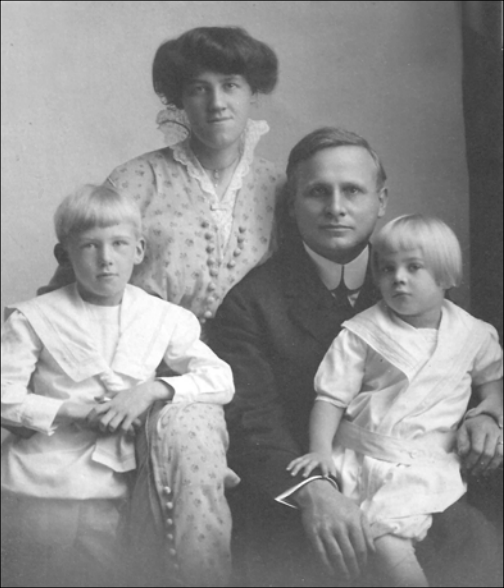
 Amanda S. Stevenson
Amanda S. Stevenson 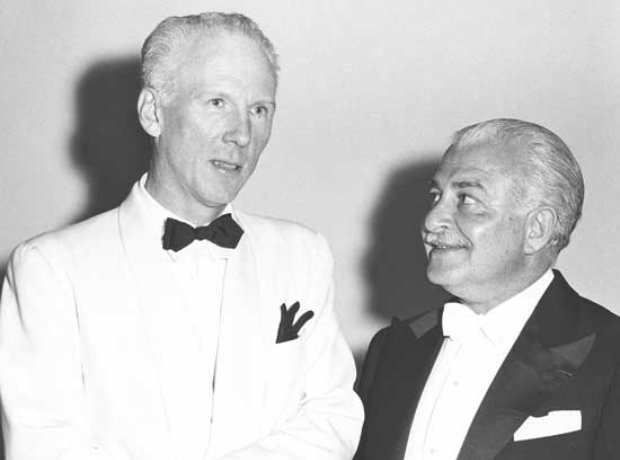
 Amanda S. Stevenson
Amanda S. Stevenson 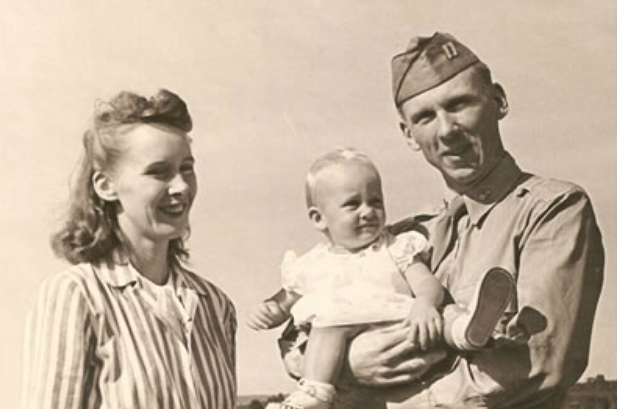
 Amanda S. Stevenson
Amanda S. Stevenson 
 Amanda S. Stevenson
Amanda S. Stevenson 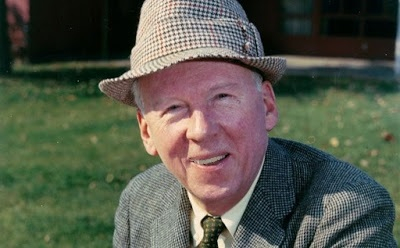
 Amanda S. Stevenson
Amanda S. Stevenson 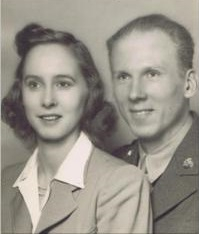
 Amanda S. Stevenson
Amanda S. Stevenson 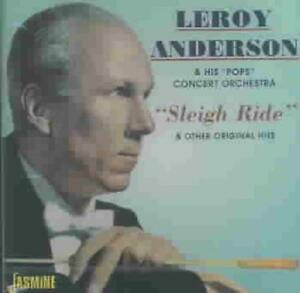
 Amanda S. Stevenson
Amanda S. Stevenson 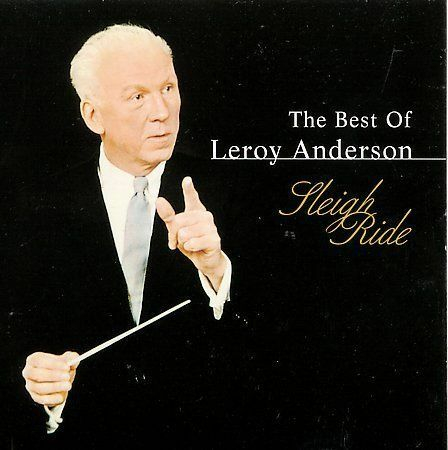
 Amanda S. Stevenson
Amanda S. Stevenson 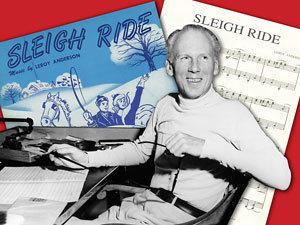
 Amanda S. Stevenson
Amanda S. Stevenson 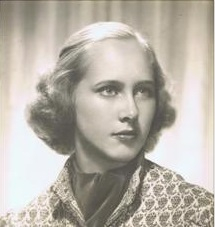
 Amanda S. Stevenson
Amanda S. Stevenson 